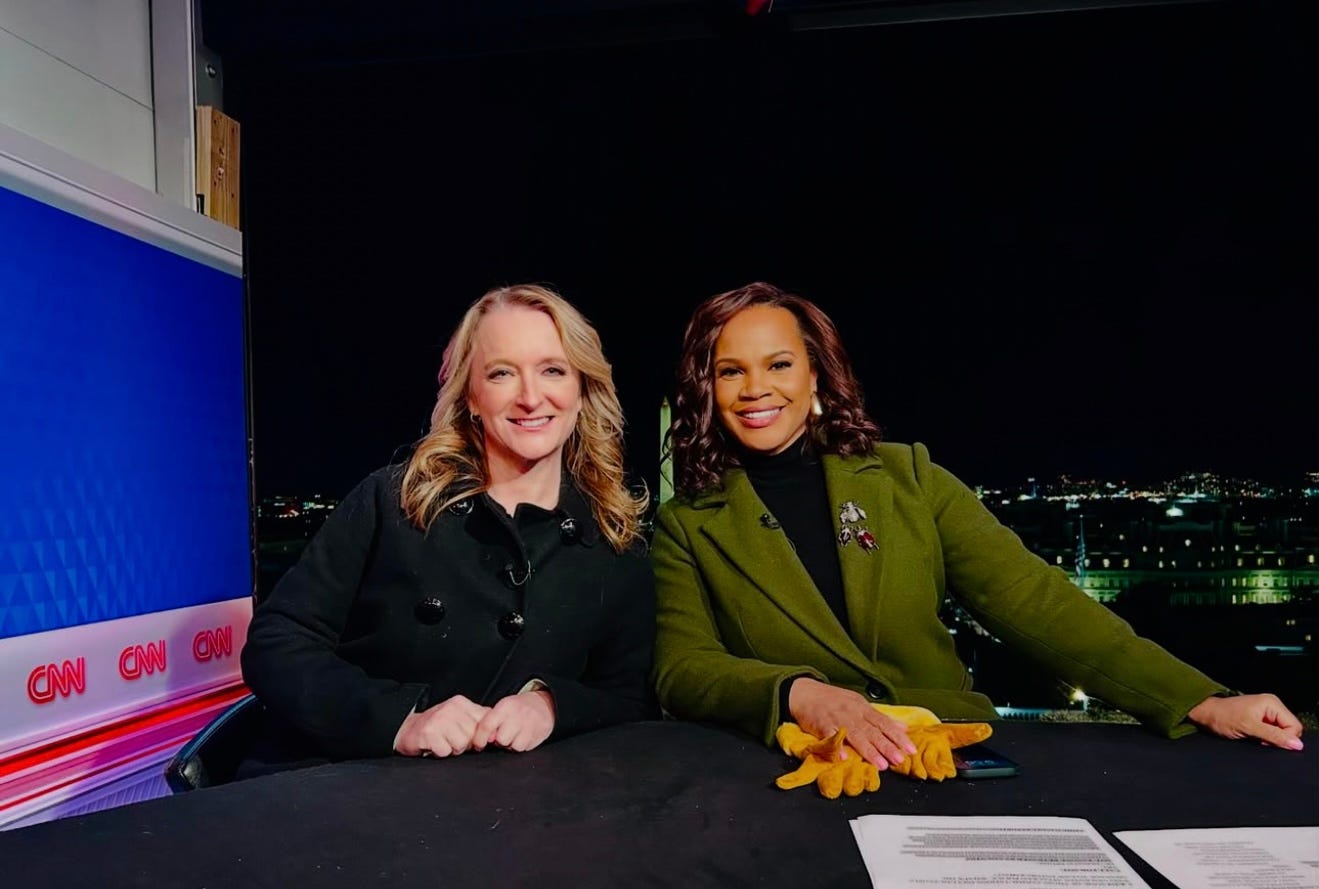Trump is back, buckle up
It will take weeks to sort though the tsunami of legal and policy implications of Trump's first few days in office
Donald Trump was sworn in as President of the United States last Monday, and his inauguration was full of highly alarming comments, promises, and images. I joined Laura Coates at CNN’s inauguration studio, where we discussed “the clash of the pardons” between Biden’s protective pardons and Trump’s blanket pardon of the J6 violent offenders.
On his first day, he also signed dozens of executive orders and rescinded 78 from the Biden Administration.
George W. Bush did not issue any executive orders on his inauguration day in 2001 or 2005. In 2009, Barack Obama issued two the day he was sworn in and none in 2013 on his first day after being reelected. During his first term, Trump issued one executive order on his first day. In 2021, Joe Biden passed nine on his first day.
President Trump issued 26 last Monday, addressing a range of matters that the Constitution mostly leaves to Congress, including energy and the climate, immigration, affirmative action, LGBTQ+ rights, private prisons, civil servants, terrorism, health, and domestic military deployment.
This newsletter is my contribution to civic education. Please share it widely—and consider upgrading to paid. Thank you!
As I wrote in my latest piece for The Bulwark, it’s evident that Trump and his team understand that there are zero guardrails left to hold them accountable. Their actions align with what they promised. Trump is now the law itself.
What are executive orders, and what power do they hold?
Executive orders are a special power reserved solely for the President of the United States. The website for the American Bar Association defines them as a “signed, written, and published directive from the President of the United States that manages operations of the federal government.”
The Constitution does not include the term “executive order,” but its constitutionality is derived from Article II, which established the executive power in a singular president who, among other things, is responsible for taking “Care that the Laws be faithfully executed.” Trump’s orders extend well beyond the scope of a president’s power to execute the law.
As the ABA also points out, in the end, it is the courts that either enforce or overturn an executive order, depending on its constitutionality. Congress does not need to approve executive orders, but it may respond with legislation to limit or invalidate them. If Congress does override a presidential executive order, the president may veto the new legislation. Congress can override the veto by a two-thirds majority.
This Congress won’t.
What has the Supreme Court said about executive orders?
In the case Youngstown Sheet and Tube Co. v. Sawyer, President Truman issued an executive order to take control of steel mills after the mills threatened to go on strike during the Korean War. Truman claimed that the order came out of fear of the effect a strike would have on national security, given that steel was widely used in weapons and other materials the military needed. The executive order called for his secretary of commerce, Charles W. Sawyer, to take complete control of the mills.
The steel mills sued, and the Supreme Court ultimately held that the executive order exceeded the president’s power. Specifically, Justice Black held that “in the framework of our Constitution, the President's power to see that the laws are faithfully executed refutes the idea that he is to be a lawmaker.”
Keep reading with a 7-day free trial
Subscribe to Simple Politics with Kim Wehle to keep reading this post and get 7 days of free access to the full post archives.




